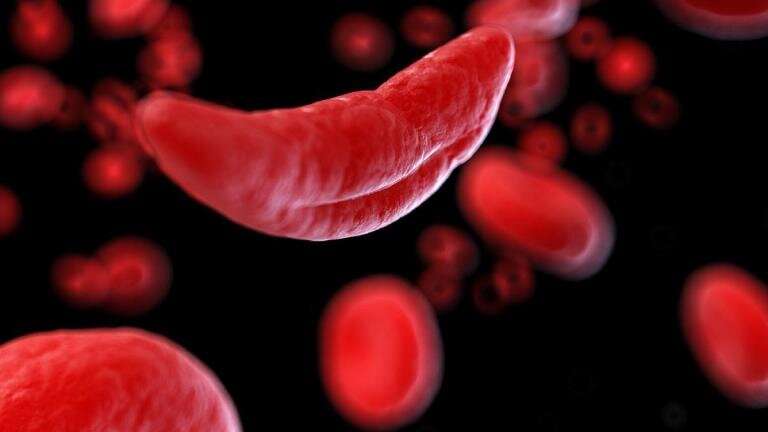This article has been reviewed according to Science X's editorial process and policies. Editors have highlighted the following attributes while ensuring the content's credibility:
fact-checked
peer-reviewed publication
trusted source
proofread
Research sheds new light on gene therapy for blood disorders

Research from experts at Michigan Medicine, the Children's Hospital of Philadelphia and Penn Medicine is breaking ground on new ways of treating blood disorders, such as sickle cell anemia, through gene therapy. The study is published in the journal Science.
To cure blood disorders, patients must undergo high dose chemotherapy and bone marrow transplantation. This requires a match between the recipient and donor immune system, but ~30% of patients do not have a match. Even when they do the donor immune system can attack the patient, graft versus host disease.
Gene therapy corrects the mutation in a patient's own cells but still requires chemotherapy and transplantation of one's own corrected cells. The new research shows that blood stem cells can be genetically engineered while still in the bone marrow, in a single treatment.
Co-first author Michael Triebwasser, M.D., Ph.D., clinical instructor in Pediatric Hematology and Oncology reported, "This is the first time the blood stem cells that create the blood and immune system over our lifetime can be genetically engineered while still in the bone marrow.
"This technology can be used to correct disease cause mutations such as the single mutation that causes sickle cell anemia in ~7.5 million people worldwide, and it can be used to control stem cells using messenger RNA (mRNA). To do this we utilized a type of nanoparticle similar to the Pfizer COVID mRNA vaccine but designed it to find these stem cells specifically."
The risks patients undergo for gene therapy highlights the need for improved treatments. In addition, eliminating the need for stem cell collection and treatment outside the body can cut costs for patients and improve access to critical gene therapies for many patients.
"This approach is highly flexible and has reduced toxicity when treating stem cells outside the blood compared to current methods. It will hopefully lead to improved methods for correcting stem cells.
"The ultimate goal would be to do these same gene corrections while the stem cells remain in the body. This would open the door for cures in resource limited countries where the infrastructure for bone marrow transplantation is not present, and the cost is prohibitive."
More information: Laura Breda et al, In vivo hematopoietic stem cell modification by mRNA delivery, Science (2023). DOI: 10.1126/science.ade6967



















